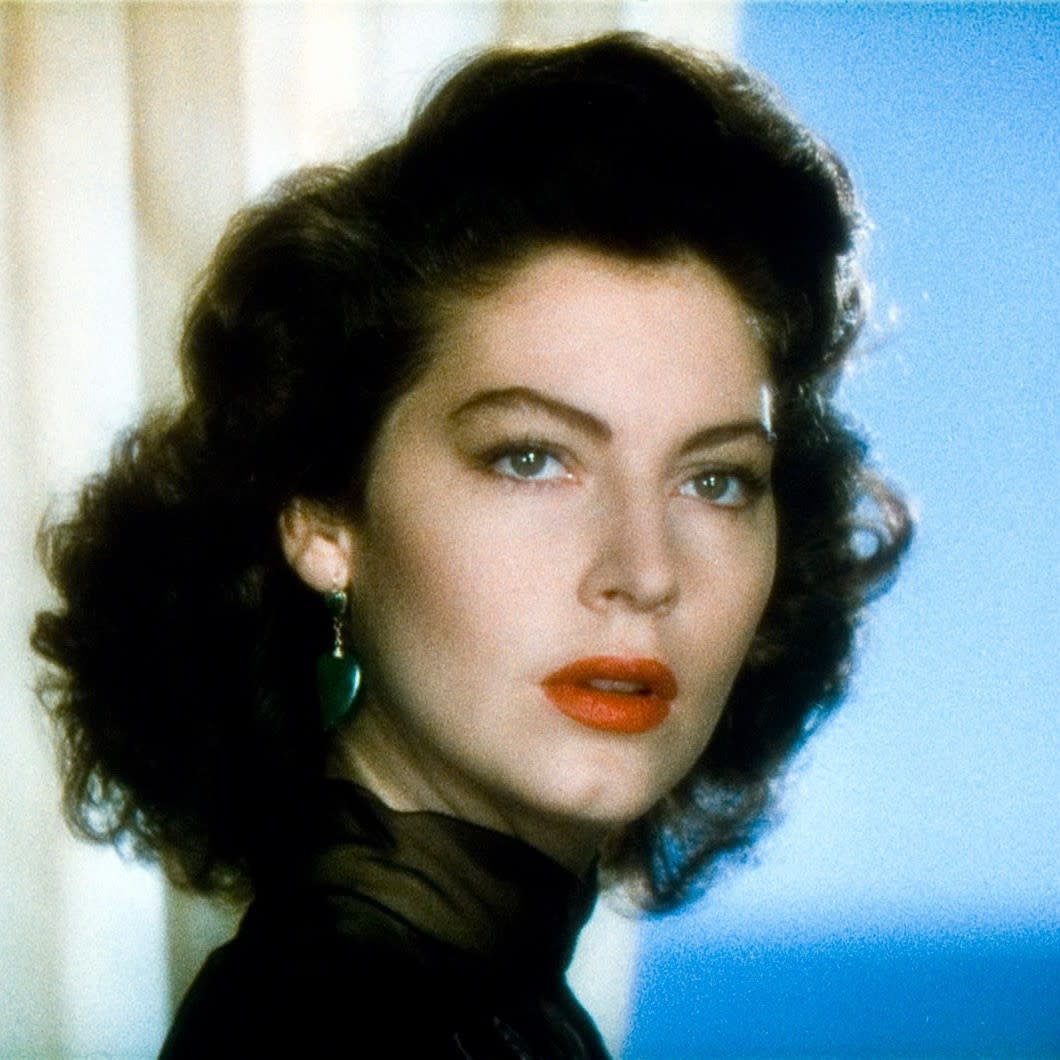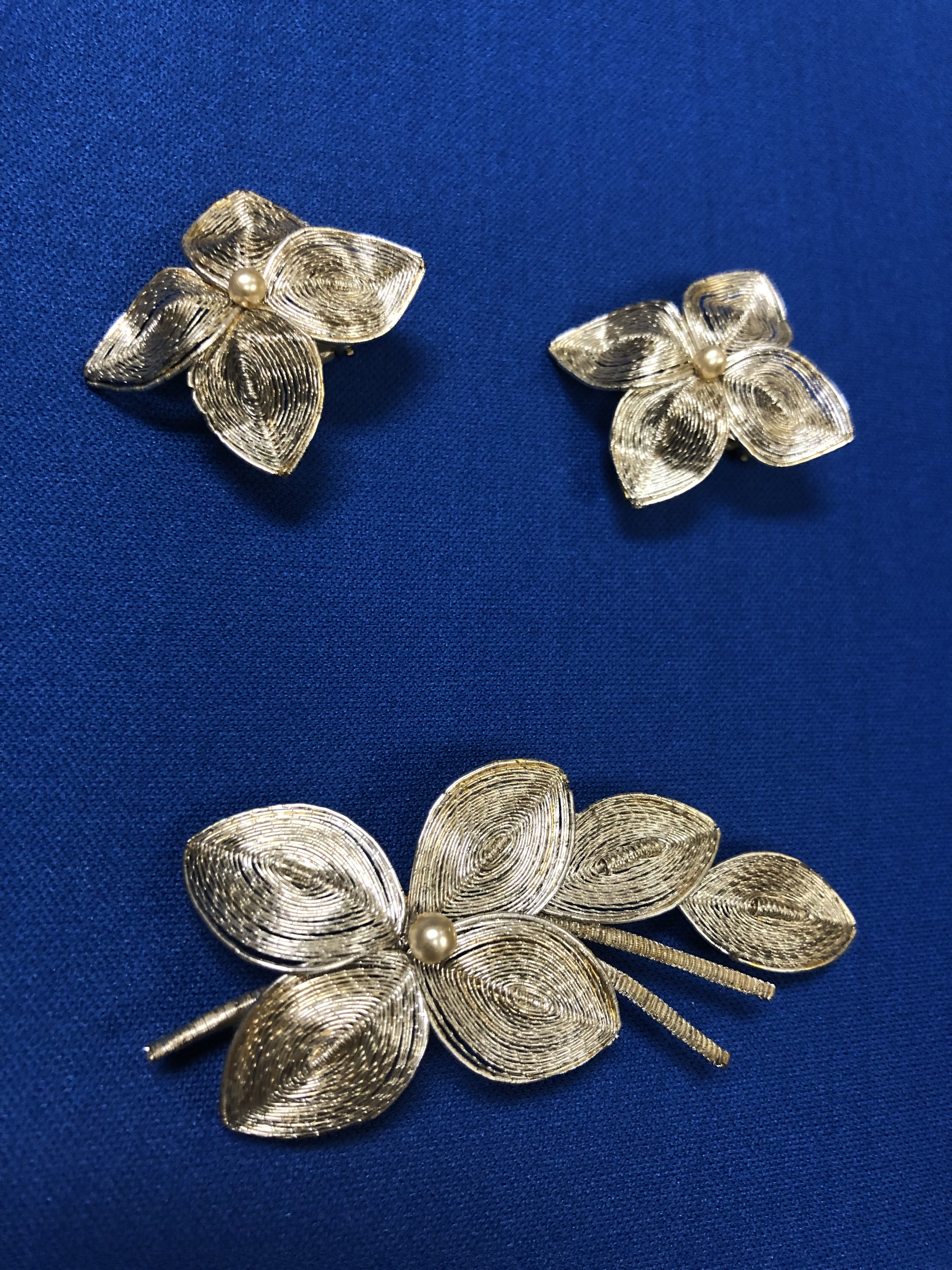Filmed in Spain and England, Pandora and the Flying Dutchman was released in the United Kingdom in February of 1951 but released in the United States on October 15, 1951. Metro-Goldwyn-Mayer studios delayed the American release of the film until after the premiere of their big-budget remake of the musical Show Boat, which also starred Ava Gardner.
Co-starring with James Mason as the male lead, Ava Gardner starred in the titular role of Pandora, a woman that every man falls in love with. The classic fantasy film is based on the legend of the Flying Dutchman, the sailor that was cursed to sail the seas alone forever, only allowed to come on land once every seven years.

For Ava, the movie gave her the opportunity to travel abroad for the first time in her life. She said of the film in her autobiography, Ava: My Story:
"Of all the films I made, Pandora and the Flying Dutchman would probably rank as one of the most obscure. Yet almost nothing I've done before or since had as much of an effect on me. In fact, it wouldn't be an exaggeration to say making it changed my life forever. Because Pandora got me outside these United States for the first time and introduced me to the two countries, England and Spain, where I was to spend much of the rest of my life. One trip abroad, honey, and I almost never looked back."

Due largely to the masterful Technicolor cinematography of Jack Cardiff, critics and classic movie fans alike often cite this film as depicting Ava at her most beautiful ever on screen. Today, a hilltop statue of Ava as Pandora stands overlooking the beach in the town Tossa de Mar, Catalonia, Spain, where the film was mostly shot.

Through a patron’s donation, the Ava Gardner Museum recently acquired a three-piece set of silver wire jewelry associated with Ava’s film Pandora and the Flying Dutchman. While these earrings and matching brooch are not seen in the released version of the movie, they were most likely worn in scenes cut from the final film. Ava also wore the matching set to a wrap party for the film in November of 1950. During the party, Ava gave the set to Matilda Kupp, wife of production coordinator Otto Kupp.
The Kupp's son, Dave, sold the set to Hollywood Prop Supply, and the auction house Profiles in History then acquired the jewelry. In 2003, Profiles in History auctioned off this set along with other film-related items from the Kupp estate. At that time, a Hollywood memorabilia collector purchased the jewelry and, in the summer of 2019, generously donated it to the Ava Gardner Museum.

The curators and staff at the Ava Gardner Museum do our best to document the sources of artifacts and to trace their ownership in order to ensure authenticity. Along with the jewelry set, this donation included a detailed paper record from the auctioneers and the Kupp family, which helped us know the history and provenance of this lovely new addition to our collection.
The collection of the Ava Gardner Museum includes thousands of items from both Ava’s film career and her personal life – costumes, personal clothing, film posters, photographs, vinyl records, written correspondence, and much more. The museum preserves these items and presents the story of Ava’s life through permanent and changing exhibitions. We gladly accept donations of items related to Ava Gardner's life and career. If you have an item you may be interested in donating, please contact the museum!





